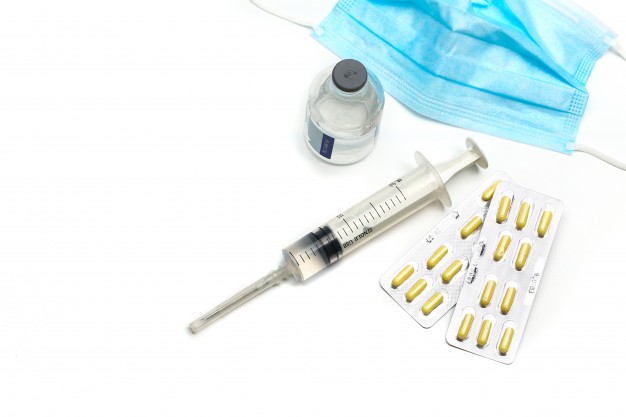What’s new this flu season?
A few things are new this season:
– The recommendation to not use the nasal spray flu vaccine (LAIV) was renewed for the 2017-2018 season. Only injectable flu shots are recommended for use again this season.
– Flu vaccines have been updated to better match circulating viruses [the influenza A(H1N1) component was updated].
– Pregnant women may receive any licensed, recommended, and age-appropriate flu vaccine.
– A quadrivalent recombinant flu vaccine (“Flublok Quadrivalent” RIV) is newly available this season. (Last season, only trivalent recombinant flu vaccine was available.)
– A quadrivalent inactivated flu vaccine, “Afluria Quadrivalent,” was licensed last season after the annual recommendations were published.
– The age recommendation for “Flulaval Quadrivalent” has been changed from 3 years old and older to 6 months and older to be consistent with FDA-approved labeling.
– The trivalent formulation of Afluria is recommended for people 5 years and older (from 9 years and older) in order to match the Food and Drug Administration package insert.
What flu vaccines are recommended this season?
This season, only injectable flu vaccines (flu shots) are recommended. Some flu shots protect against three flu viruses and some protect against four flu viruses.
Options this season include:
– Standard dose flu shots. Most are given into the muscle (usually with a needle, but one can be given to some people with a jet injector). One is given into the skin.
– High-dose shots for older people.
– Shots made with adjuvant for older people.
– Shots made with virus grown in cell culture.
– Shots made using a vaccine production technology (recombinant vaccine) that does not require the use of flu virus.
What viruses will the 2017-2018 flu vaccines protect against?
There are many different flu viruses and they are constantly changing. The composition of U.S. flu vaccines is reviewed annually and updated as needed to match circulating flu viruses. Flu vaccines protect against the three or four viruses (depending on vaccine) that research suggests will be most common. For 2017-2018, three-component vaccines are recommended to contain:
– an A/Michigan/45/2015 (H1N1)pdm09-like virus (updated)
– an A/Hong Kong/4801/2014 (H3N2)-like virus
– a B/Brisbane/60/2008-like (B/Victoria lineage) virus
– Quadrivalent (four-component) vaccines, which protect against a second lineage of B viruses, are recommended to be produced using the same viruses recommended for the trivalent vaccines, as well as a B/Phuket/3073/2013-like (B/Yamagata lineage) virus.
When should I get vaccinated?
It’s best to get vaccinated before flu begins spreading in your community; however, CDC continues to recommend flu vaccination as long as flu viruses are circulating since vaccination later can still be beneficial during most seasons. Given influenza activity levels as of February 3, 2018 and an increasing proportion of influenza B and H1N1 viruses being detected, CDC continues to recommend flu vaccination this season. It takes about two weeks after vaccination for antibodies to develop in the body that protect against flu.
Source Content source: Centers for Disease Control and Prevention, National Center for Immunization and Respiratory Diseases (NCIRD)
Children who need two doses of vaccine to be protected should start the vaccination process sooner, because the two doses must be given at least four weeks apart.





